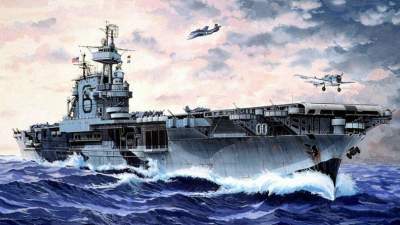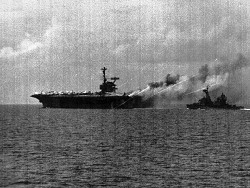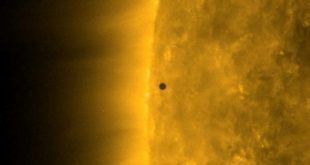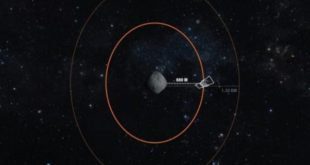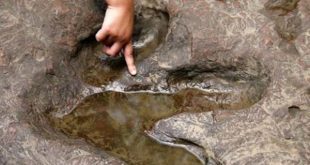 In the mineral skeleton of corals detected peaks of the high mercury content.
In the mineral skeleton of corals detected peaks of the high mercury content.
Scientists suggest that the corals of the South China sea have been accumulating mercury, trapped in the air in volleys of guns military ships during the Opium wars and the Second world war.
The coral is made of deposits of metal kind of entry in the chronicle of naval battles.
January 7, 1814, the British ship Nemesis (Nemesis) missile salvo, sank the Chinese ship. It was the First opium war. In the result of a shot from Nemesis in the air and the water were particles of mercury that are trapped in the coral skeleton and stayed there forever.
The skeleton of coral is made of aragonite, one of the variants of calcium carbonate. When coral grows, it picks up calcium from the surrounding water and completes itself. Like trees, corals have annual rings that can tell a lot about the history of the body. Many metals, such as lead and mercury that can replace calcium in the structure of the coral, therefore, accumulate in the skeleton of the body if they fall in the water.
Scientists under the leadership of rou San, a geochemist from the University of Trent in Peterborough, Canada, is lifted from the bottom of the South China sea bicentennial coral species Porites lutea, to explore the history of ocean pollution with mercury. They had something to relate to “testimony” coral: data on the amount of mercury in the ice, frozen to the industrial age, and the peat gradually nakapljivajem toxic metal as its penetration into the soil.
However, mercury was delayed in the coral is not so, as the scientists expected. The oldest part, formed between 1800 and 1830 years, almost did not contain this metal, but in later parts of the coral mercury concentration began to increase, and concentration peaks occurred in the periods when the surrounding seas were conducted armed conflict: the First opium war (1839-1842, he), the Second opium war (1856-1860) and the Second world war. Compared to the amount of mercury absorbed by the corals during the war years, a gradual increase in its number throughout the 20th century slightly.
Mercury is used in weapons and explosives, and the explosions can throw it in the air. In the air elemental mercury of the explosion coupled with the active chemical agents found in sea-dust, and in this form falls into the water, where the corals use it to build their skeletons.
The results of the study the difference in the representation of scientists about the behavior of mercury in the atmosphere. Previously it was thought that the metal may exist in unbound form for about a year and during that time may be far from where it escaped into the atmosphere. Now it becomes clear that the net effect of the release of mercury more local. “Now we think that we are talking about months,” commented Hannah Horowitz, a chemist from Harvard.
See also: Belarus “dancing to the tune of” RF in the customs wars.
However, before drawing conclusions based on the dynamics of mercury in the coral, you should to in details study the mechanism of deposition of mercury in the coral skeleton, say the skeptics. San and his colleagues are not going to stop on achieved results: in their plans to study the isotopic composition of mercury in the coral. Different sources of mercury — volcanic activity, the burning angle, explosions — give a different balance of isotopes of the metal; its isotope ratio is also characteristic of the mercury in cinnabar, used in explosives. If the balance of isotopes of mercury in coral repeat the digits, characteristic of cinnabar, scientists will be able to speak confidently about the causal relationship between military activities and mercury contamination of the ocean.

